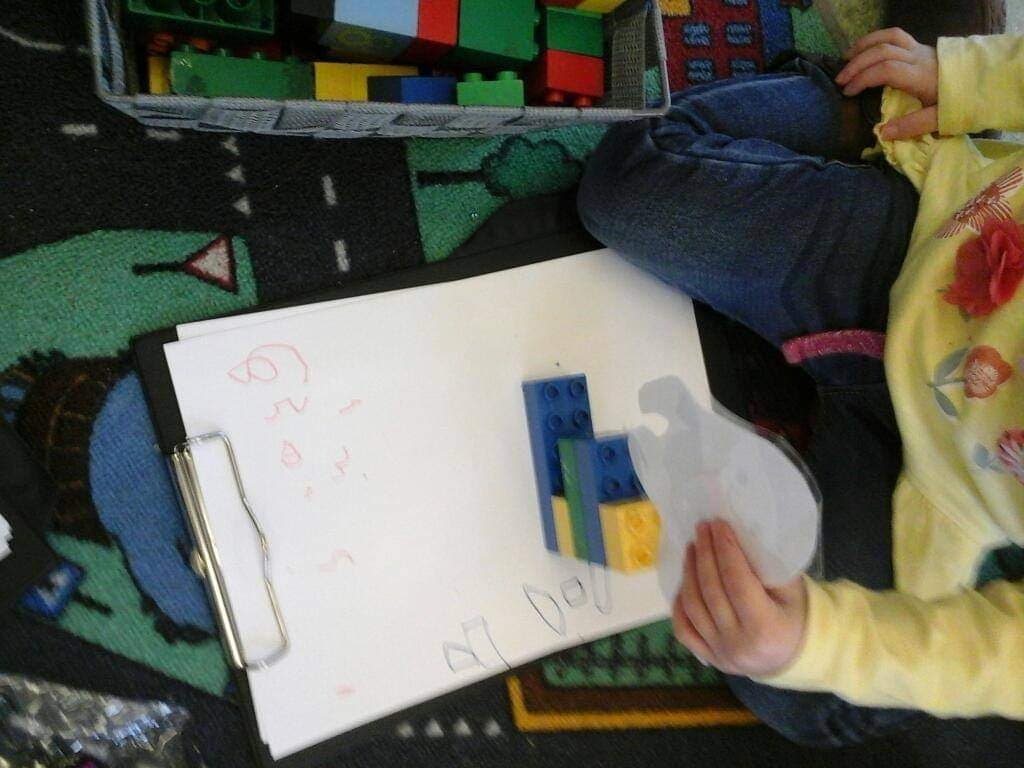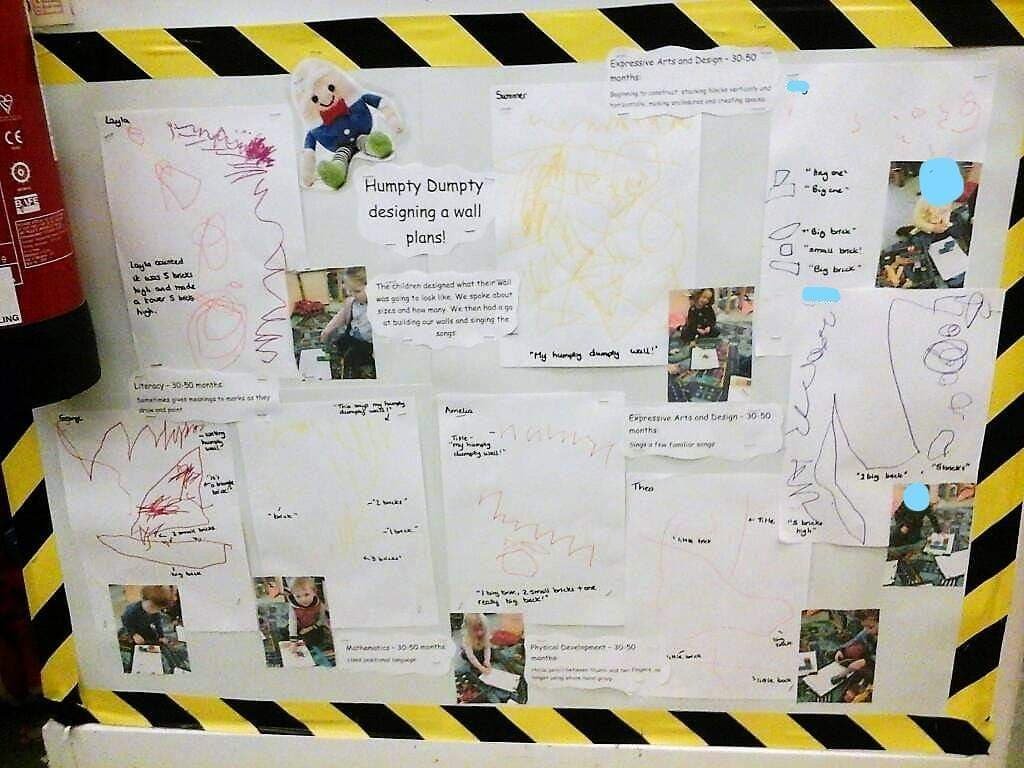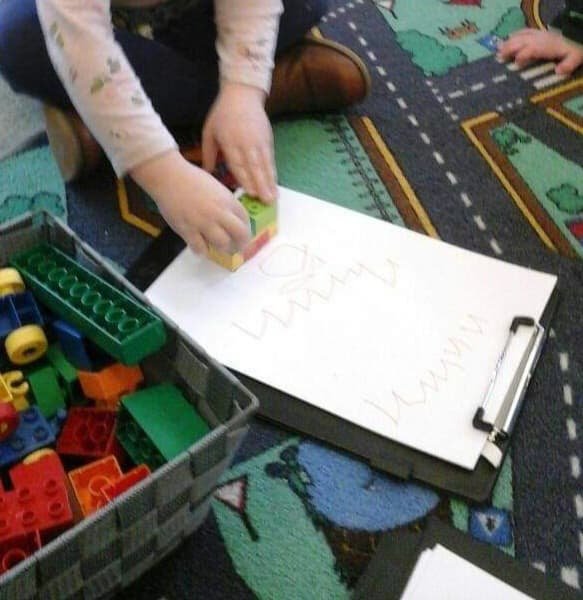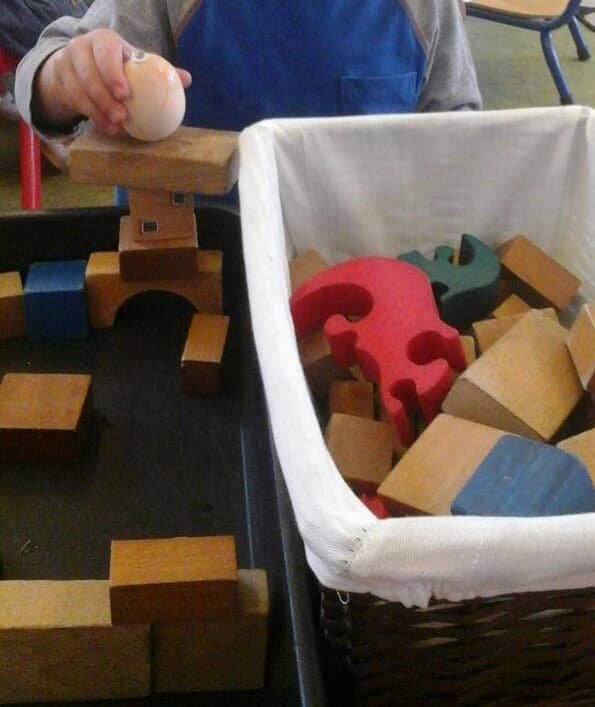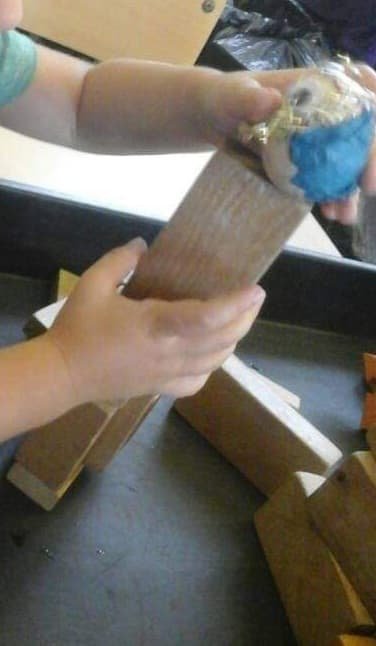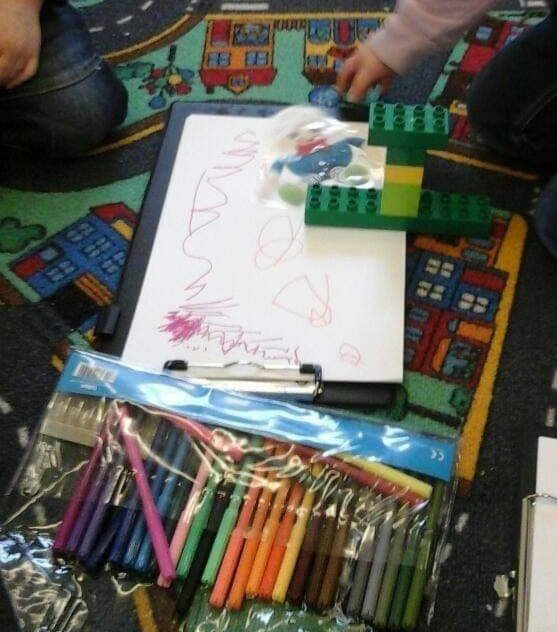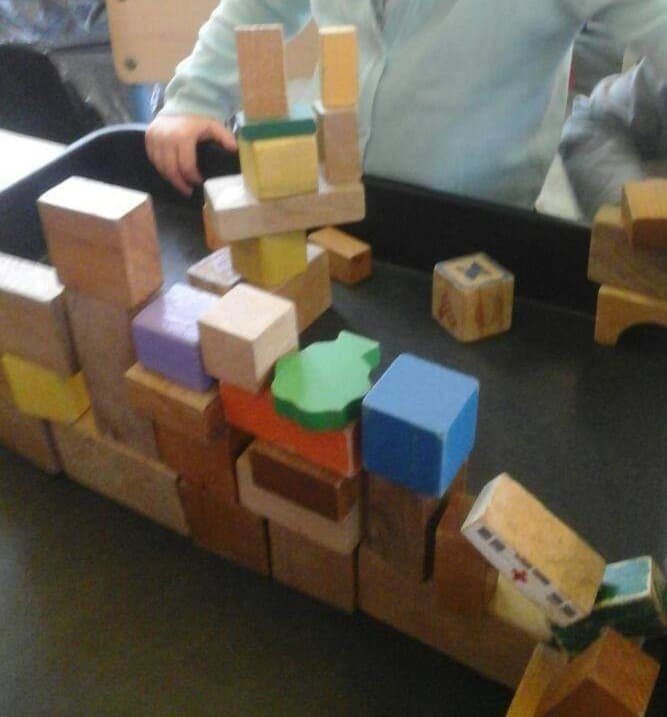Enhancing Children’s Literacy Development Through Block Play
Welcome to the next blog post in our block play series that is exploring the potential of block play in early years settings. Enabling environments are a core principle of the Early Years Foundation Stage (EYFS) and creating a rich environment full of many learning opportunities and experiences of our children. We know the Early Years Inspection Framework (EIF) refers continuously to good and outstanding settings set children an ambitious curriculum that is full of a variety of experiences and ideas. This is what we want for all our children. This blog post looks at how we can enhance our block play environment, and teaching to enhance literacy skills in a meaningful way.
I am a firm believer that literacy in early years settings is more then just popping up laminates and labels to support children’s learning and development. But, providing opportunities for children to engage in literacy in natural ways through what we call a literacy rich environment. A literacy rich environment is defined as opportunities for children to engage in everyday literacy activities with a responsive adult, including reading and sharing stories and exploring writing and mark-making.
There are many simple ways that we can incorporate literacy into the construction area, which doesn’t cost huge amounts of money, time, or investment. Below are some examples:
· Introducing books about tools and construction sites.
· Print pictures of building plans and model drawing out and planning building making sure that you have clipboards pens and pencils available in your construction area.
· For older children a word bank of key construction words might be helpful as they begin to label their drawings and plans.
· Focus on buildings of the world and see if you can get picture books showing different types of buildings. For example, looking at China, you can look at buildings, books about the great wall of China and so on.
Humpty Dumpty’s Wall
This is an example, from my own practise many years ago which was always a hit whenever we did it. Not only did it incorporate lots of literacy opportunities as children planned out their own walls, labelled their pictures, experimented with mark-making, and built their walls. This activity was also rich in mathematical learning, as they counted bricks, planned out how many they needed, made comparisons, talked about difference in sizes and so on. It was also a rich communication and language activity, children shared ideas with each other collaborated, joined in singing rhymes, made decisions and choices.
So, what did we do? We started the activity with the children drawing/designing their own wall for humpty dumpty in the construction area. Some children choose to draw around their blocks, some children did it free hand, we talked about the sizes they were going to use and how many. The children then replicated the building using the construction materials; carefully looking at their plans. Some children applied phonics knowledge for example, attempting to write big for a brick, while others explored earlier stages of mark-making. Writing names, or numbers of how many bricks they were using it really was a rich activity.
To find out more about the stages of early mark-making, why not download our webinar recording ‘Early Mark-Making’ here. A great webinar recording that talks about the important stages of early mark-making and how you can support them as an early years educator.
The children then went and decorated their very own hard-boiled eggs as Humpty Dumpty, carefully selected resources, sticking, cutting, gluing, taping and creating masterpieces. We then sang the song Humpty Dumpty and children tested out their walls and the splatting of Humpty Dumpty (possibly the most exciting bit for our 2- to 5-year-olds). Children revisited this activity again and again, designing different walls, testing ideas, making new eggs. It was a huge success.
We found this them inspired children to continue planning more in their building play with an adult support or even a predetermined goal of what we wanted them to make. For example, children were observed having those discussions with each other of what we were building and would naturally turn to the clipboards as they worked collaboratively to discuss their ideas and how they were going to build things. Drawing their own plans and recording their ideas through early mark-making.
Photo Gallery for Humpty Dumpty Walls
A Note on the Link between Nursery Rhymes and Literacy Development
Using nursery rhymes as a basis for activities to promote children’s literacy development we also know is proven to support children’s early phonics development and later literacy skills. For example, Meme Fox states that “Children who know 8 nursery rhymes by the age of 4 years old are some of the best readers at the age of 8.” We also know that nursery rhymes promote children’s listening and attention skills, tuning into sounds and words that is a very important skill that children need for the next stage of phonics (phase 2).
Join us next week for our next blog post in the series, ‘Focusing on Mathematics in Block Play’. Don’t forget you can add yourself to our mailing list, to receive updates of upcoming events, news and new blogs.
If you want to learn more about the potential of block play and be inspired, why not join us on 1st September 2022 at 7:30 pm. For our next running of our webinar, ‘The Potential of Block Play in the Early Years’, which is part of our continuous provision series.


